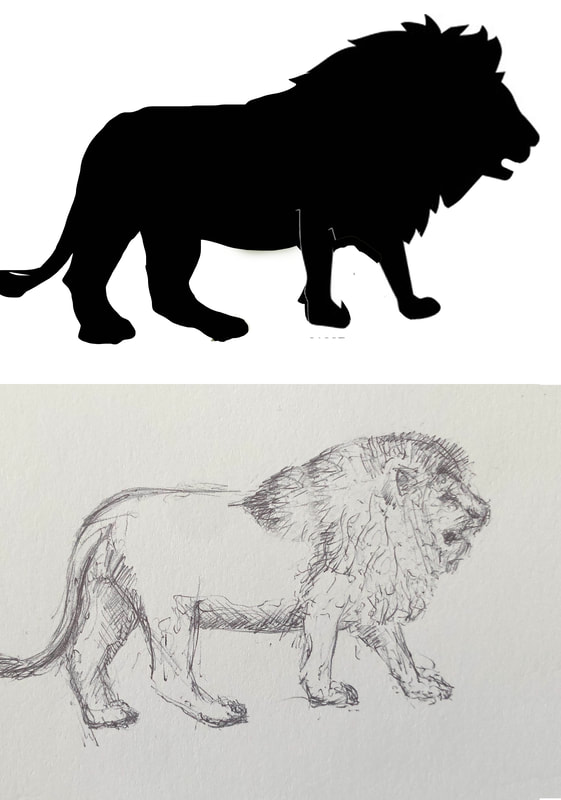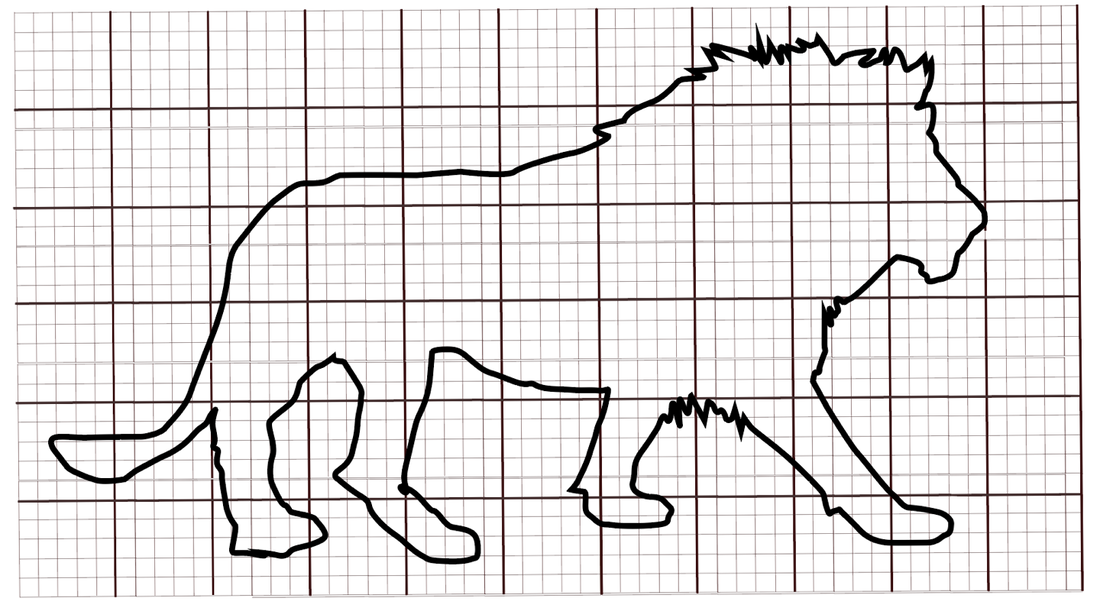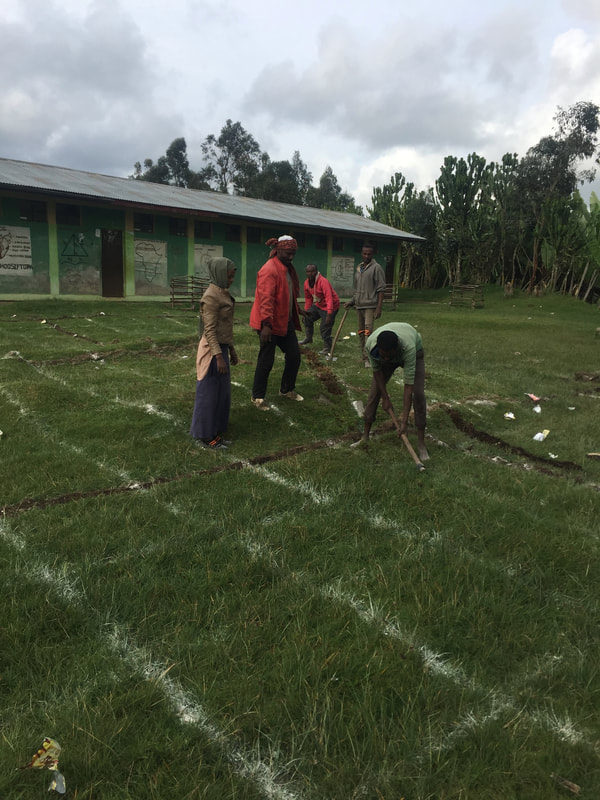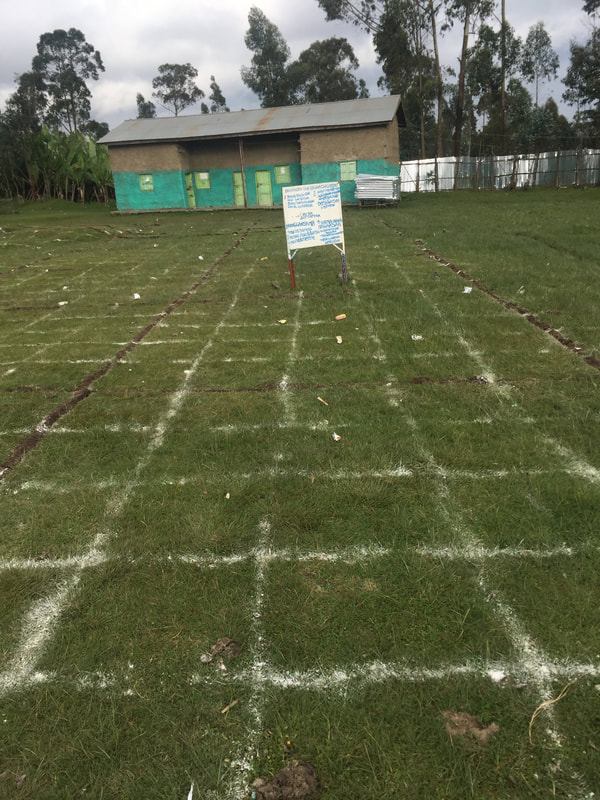
The Ethiopian or also known as the Black lion is a national symbol of the country, and an important species found in the Ethiopian highlands. To the Oromo people, the Ethiopian lion represents what is known in biology terms as a 'keystone species'
Lions as keystone species indicate that a given ecosystem is healthy or has enough prey to support such large animals. Indeed the presence of lions in the Ethiopian highlands means that there is enough wilderness and bush supporting an abundance of animals and plants for each species to forage or flourish well.
Ethiopian lions are important predators that can bring down big herbivores like elephants, giraffes, and other herd animals. Lions, therefore, create a balance in the ecosystem by playing a key role in managing the food chain and helping to control herbivore populations. If there are too many grazing animals in a given area an ecosystem can quickly fail due to overgrazing and can become barren. As such lions help bring balance to an area while also helping to keep herbivore herds healthy as they usually prey on sick, weak, diseased, and/or older animals.
Of note the Ethiopian lion is a genetically unique population and unlike any other lions in Africa. It is often recognized by its extra thick two coloured mane that extends down its neck and part of its shoulders and back. It is estimated that there is only around about 200 Ethiopian lions scattered throughout the country and the population is becoming more threatened as time goes on. Ethiopian lions face ongoing challenges presented by the ongoing loss of habitats and also population survival stresses due to the ongoing illegal activities of poachers killing lions for their coat.
Why trees and the Ethiopian lion?
For the 'Trees for Life' project at Kofele, Oromo, Ethiopia - the community specifically asked to create an Earth observation to celebrate this very unique Black lion and to share its story. Many children and youth are engaged in the planting of the 'living artworks' Indeed the future of our environment rests with our youth.
Below is a sketch Oromo participants are using at ROBA to create their first Earth observation artwork of an Ethiopian Lion. Notice that the animal's mane has been made extra thick and long to showcase this special feature of this lion. A stylized lion was selected by the group as it was considered the most recognizable form that many global communities could spot easily from space.
Lions as keystone species indicate that a given ecosystem is healthy or has enough prey to support such large animals. Indeed the presence of lions in the Ethiopian highlands means that there is enough wilderness and bush supporting an abundance of animals and plants for each species to forage or flourish well.
Ethiopian lions are important predators that can bring down big herbivores like elephants, giraffes, and other herd animals. Lions, therefore, create a balance in the ecosystem by playing a key role in managing the food chain and helping to control herbivore populations. If there are too many grazing animals in a given area an ecosystem can quickly fail due to overgrazing and can become barren. As such lions help bring balance to an area while also helping to keep herbivore herds healthy as they usually prey on sick, weak, diseased, and/or older animals.
Of note the Ethiopian lion is a genetically unique population and unlike any other lions in Africa. It is often recognized by its extra thick two coloured mane that extends down its neck and part of its shoulders and back. It is estimated that there is only around about 200 Ethiopian lions scattered throughout the country and the population is becoming more threatened as time goes on. Ethiopian lions face ongoing challenges presented by the ongoing loss of habitats and also population survival stresses due to the ongoing illegal activities of poachers killing lions for their coat.
Why trees and the Ethiopian lion?
For the 'Trees for Life' project at Kofele, Oromo, Ethiopia - the community specifically asked to create an Earth observation to celebrate this very unique Black lion and to share its story. Many children and youth are engaged in the planting of the 'living artworks' Indeed the future of our environment rests with our youth.
Below is a sketch Oromo participants are using at ROBA to create their first Earth observation artwork of an Ethiopian Lion. Notice that the animal's mane has been made extra thick and long to showcase this special feature of this lion. A stylized lion was selected by the group as it was considered the most recognizable form that many global communities could spot easily from space.

The grid lines act as a guide to allows participants to know where to draw on the ground and how to scale the drawing. Each grid on the drawing represents a section of gridded earth that can measure from 1m x 1m to something much larger to 10m x 10 m.
Below: Kofele community youth members are completing ground preparation needed to support their Ethiopian Lion living artwork. The next phases after the grids are completed is to drawn an outline of the lion form within the squares to match what has been sketched above as a guide. Afterwards a series of tree saplings will be planted and within several months the form of the 'Ethiopian Lion' can be seen by satellite imagery


